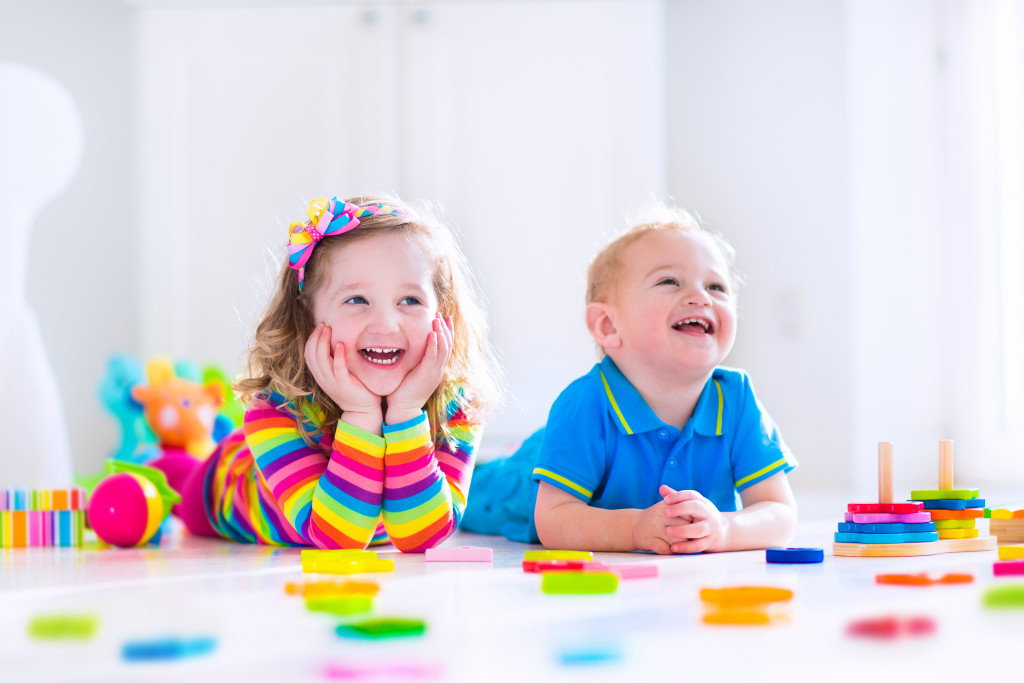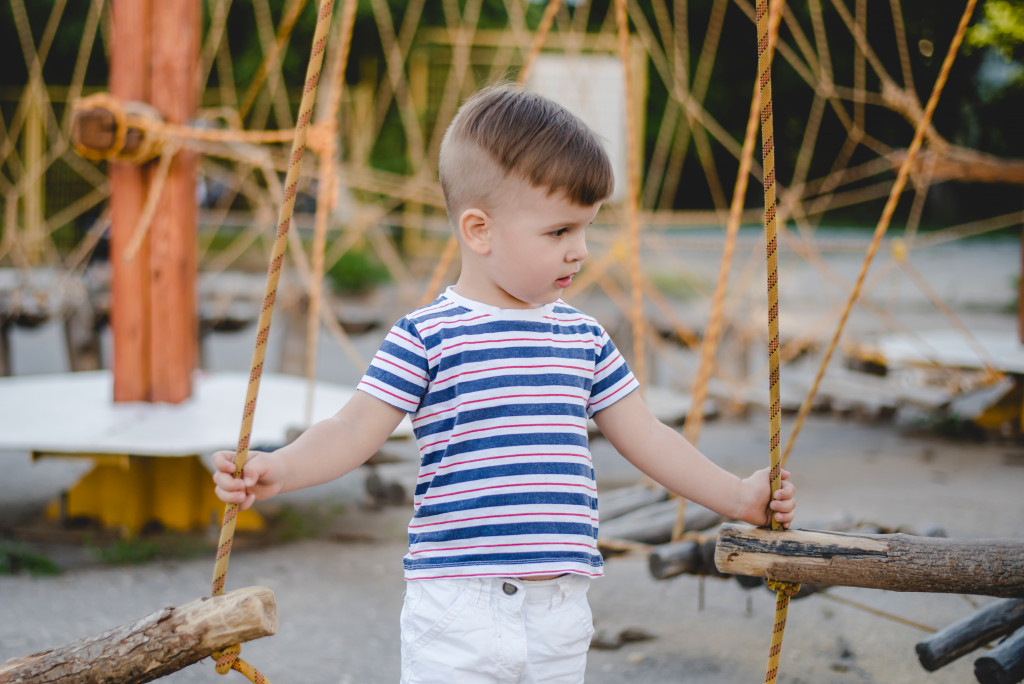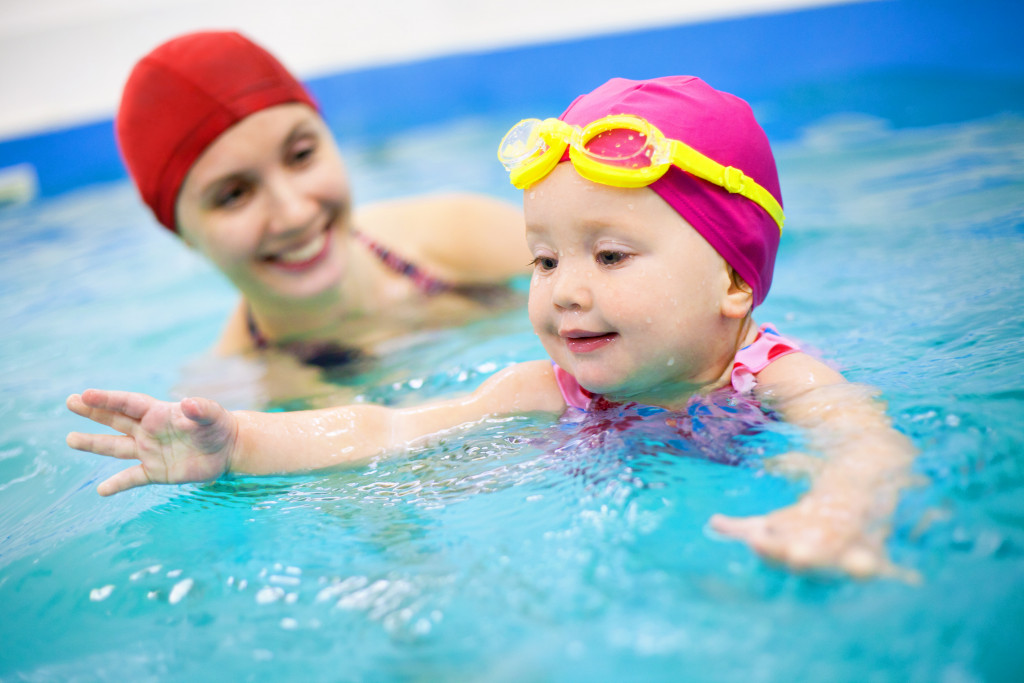- Gross motor skills involve using large muscles and help develop physical coordination, balance, and strength.
- Early physical activity is linked to improved cognitive development, including attention, focus, and memory.
- Group play sessions, family walks, or playground visits offer children opportunities to interact socially with others and build friendships.
- Regular physical activity is linked to lower stress levels, improved self-esteem, and better emotional regulation.
- Simple physical activities such as sensory play and dance parties can be fun and engaging ways to promote physical activity for toddlers.
Imagine your little one has just started to crawl, stand up or take their first steps. Their curiosity and enthusiasm are at an all-time high, wanting to explore every inch of their surroundings.
These motions aren’t just cute milestones to be celebrated; they are signs that your child is physically and mentally growing. As a parent, providing opportunities for your child to be active is critical to their development. This blog post will discuss the importance of physical activities for kids aged 1-3 and how you can incorporate them into your child’s daily routine.
Develop Gross Motor Skills
Gross motor skills involve using large muscles in the body, such as those required for crawling, walking, running, and jumping. Children can improve their physical coordination, balance, and strength through physical activities like these. These skills are essential for children to complete everyday activities such as climbing stairs, dressing, and playing sports. Providing opportunities for them to practice these skills at an early age helps ensure that they develop well.
Improve Cognitive Development
Studies show that early physical activity is closely linked to children’s cognitive skills development. Physical movement improves the blood flow to the brain, which enhances its development and function. Moreover, children who engage in regular physical activity tend to have improved attention and focus, memory, and cognitive processing speed.
Promote Social Interaction and Emotional Development

Physical activities such as group play sessions, family walks, or even going to the playground with a friend offer opportunities for social interaction, building friendships, and learning how to communicate. Children who play with others tend to be less withdrawn, remember to share, wait for their turn, and build empathy towards others. Regular physical activity is also linked to lower stress levels, improved self-esteem, and improved emotional regulation.
Encourage Healthy Habits
Exposing children to physical activities at an early age nurtures a lifelong habit of being physically active and healthy, and engaging in physical activity, whether racing with friends or going for a nature walk, develops a desire to move and enjoy it. As a result, children are more likely to choose physical activities instead of passive activities such as watching TV or playing video games when presented with a choice.
Simple, Fun Physical Activities to Try with Your Little One
Physical activities don’t have to be complicated or require expensive equipment. Instead, focus on creating a fun and exciting environment for exploration. Here are a few activities to try with your little one:
Sensory Play
Sensory play activities are a great way to get your kids up and moving. Sensory play includes water, sand, and messy play, where kids can interact with different textures and materials. Set up a water table or bin filled with sand and allow your little ones to explore and play around with these materials. You can add toys and tools like cups, scoops, and containers to enhance the experience.
Dance Party
Music and dancing are excellent ways to get your kids moving, and it’s never too early to introduce dance parties to your little ones. Put on some upbeat music and let your kids dance around freely.
But if you want your child to learn more formal dance steps, you can enroll them in fun ballet classes for toddlers. Ballet can be a great way to help your child develop coordination, balance, and agility while having a blast! These classes are designed specifically for young children and provide a safe and encouraging environment where they can express themselves through creative movement and music.
Obstacle Course

Setting up an obstacle course can be fun and challenging to promote physical activity for your little ones. To create an obstacle course, you can use pillows, cushions, hula hoops, cones, and other household items. Encourage your kids to crawl under or climb over the objects to get to the end of the course. This activity promotes gross motor skills and helps develop problem-solving, agility, and balance.
Hide and Seek
This classic game is a great way to get your kids running around and having fun. Hide small toys or treats around the house for them to find, and encourage them to explore every corner of the house. Not only does this activity promote physical activity, but it also provides an opportunity for learning and exploration.
Final Thoughts
Physical activity is essential for the development of young children aged 1-3. Engaging your child in activities promoting balance, coordination, and strength helps them grow and develop correctly. Additionally, physical activity benefits cognitive, social, and emotional development. Try incorporating a few simple physical activities into your child’s daily routine and help set the foundation for a lifetime of healthy habits.

